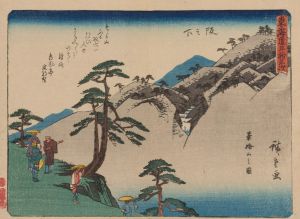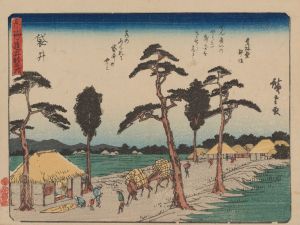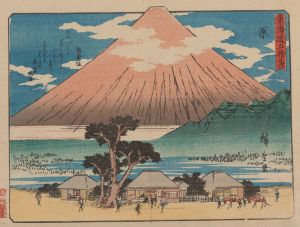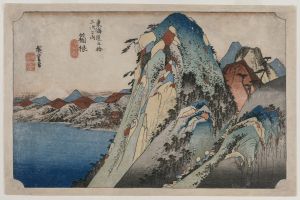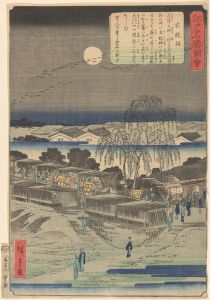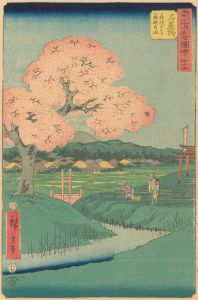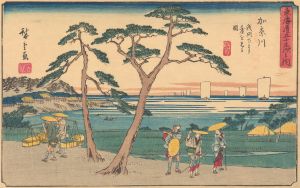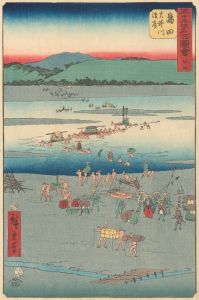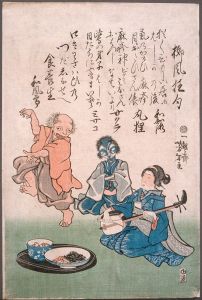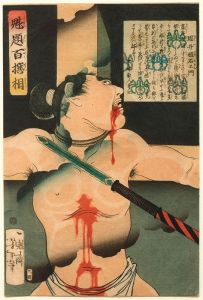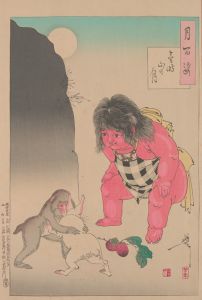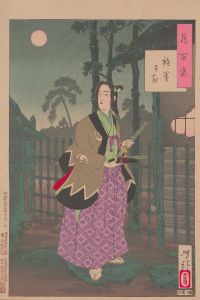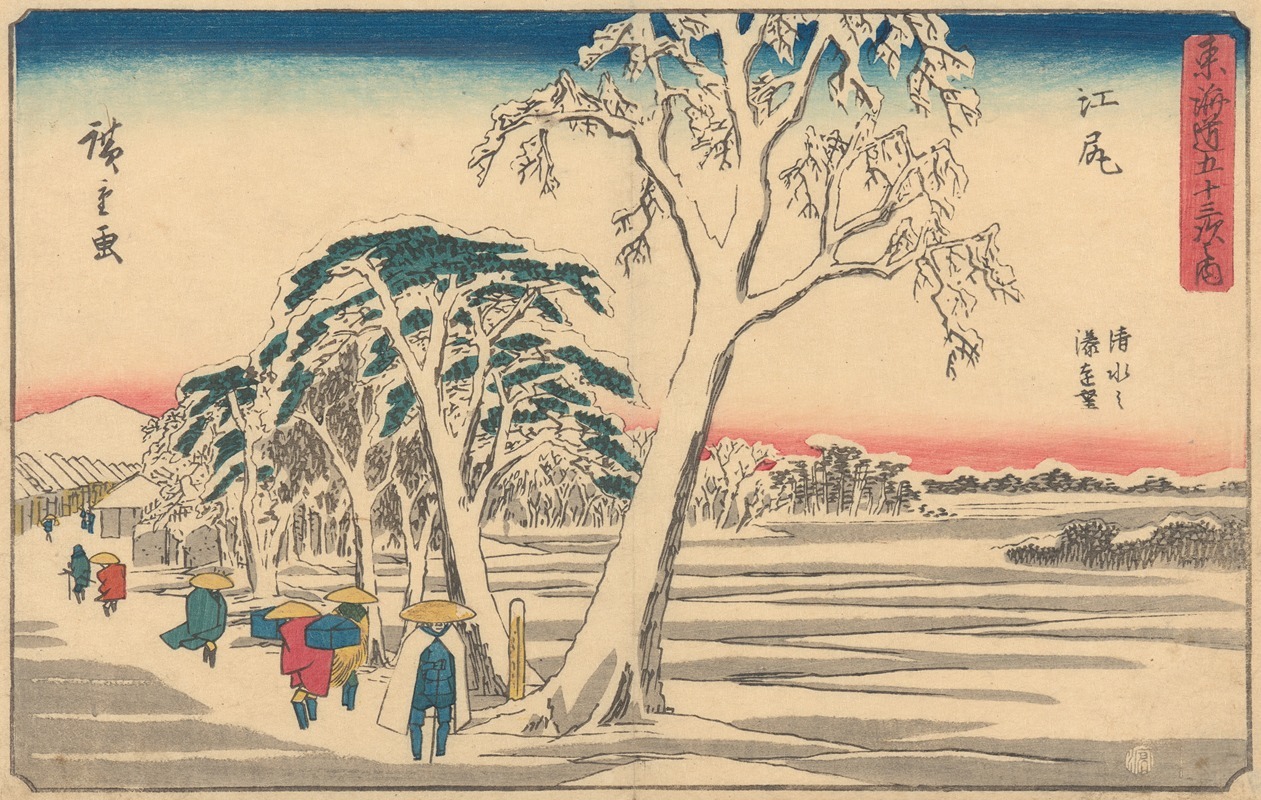
Ejiri
A hand-painted replica of Andō Hiroshige’s masterpiece Ejiri, meticulously crafted by professional artists to capture the true essence of the original. Each piece is created with museum-quality canvas and rare mineral pigments, carefully painted by experienced artists with delicate brushstrokes and rich, layered colors to perfectly recreate the texture of the original artwork. Unlike machine-printed reproductions, this hand-painted version brings the painting to life, infused with the artist’s emotions and skill in every stroke. Whether for personal collection or home decoration, it instantly elevates the artistic atmosphere of any space.
Ejiri by Andō Hiroshige is a celebrated woodblock print that forms part of the renowned series "The Fifty-three Stations of the Tōkaidō" (Tōkaidō Gojūsan-tsugi), which was created between 1833 and 1834. This series is one of Hiroshige's most famous works and is a quintessential example of the ukiyo-e genre, which flourished in Japan from the 17th to the 19th centuries. Ukiyo-e, meaning "pictures of the floating world," often depicted landscapes, tales from history, the theater, and scenes from daily life.
Ejiri is the eighteenth station in the Tōkaidō series, which illustrates the journey along the Tōkaidō road, a vital route that connected Edo (modern-day Tokyo) with Kyoto. This road was one of the five major routes of the Edo period and was frequently traveled by samurai, merchants, and pilgrims. Hiroshige's series captures the diverse landscapes and experiences encountered along this journey, providing a visual narrative of the travel culture during that era.
In the Ejiri print, Hiroshige masterfully captures the essence of the location with his characteristic attention to detail and composition. The scene depicts a windy day at Ejiri, a post town located near the coast of Suruga Bay. The print is known for its dynamic portrayal of the wind, which is illustrated by the movement of trees and the travelers' clothing. This sense of motion is a hallmark of Hiroshige's style, as he often infused his landscapes with a sense of life and activity.
The composition of the Ejiri print is notable for its use of perspective and space. Hiroshige employs a diagonal composition, guiding the viewer's eye through the scene from the foreground to the background. In the foreground, travelers are depicted struggling against the wind, their hats and garments caught in the gusts. The middle ground features a row of trees bending under the force of the wind, while the background opens up to a view of the distant mountains and the expansive sky.
Hiroshige's use of color in the Ejiri print is subtle yet effective, with a palette that enhances the atmospheric conditions of the scene. The muted tones convey the overcast sky and the sense of a blustery day, while the occasional use of brighter colors adds contrast and highlights specific elements within the composition.
The "Fifty-three Stations of the Tōkaidō" series, including the Ejiri print, was highly influential and contributed significantly to Hiroshige's reputation as a master of landscape art. His work not only provided a visual record of the Tōkaidō road but also captured the transient beauty of nature and the human experience within it. Hiroshige's prints were widely appreciated both in Japan and abroad, influencing Western artists such as Vincent van Gogh and Claude Monet, who admired the composition and use of color in ukiyo-e prints.
Ejiri by Andō Hiroshige remains a significant piece within the ukiyo-e tradition and continues to be celebrated for its artistic merit and historical importance. The print is a testament to Hiroshige's skill in capturing the ephemeral qualities of the natural world and the everyday life of travelers during the Edo period.





